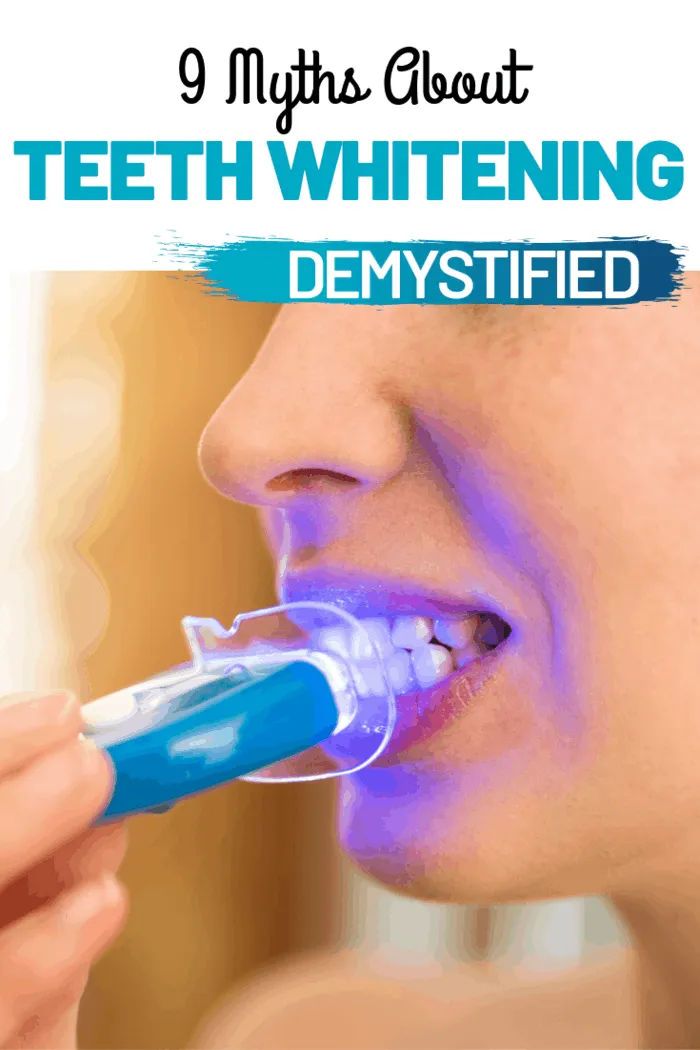Why Teeth Whitening Fails
Teeth whitening is a popular cosmetic procedure, promising a brighter, more confident smile. However, many people experience disappointing results, wondering, “Why doesn’t teeth whitening work for me?” Several factors contribute to the failure of teeth whitening treatments, ranging from the type of stains present to the products and techniques used. Understanding these reasons is crucial for setting realistic expectations and finding effective solutions. This article explores the top reasons why teeth whitening might not be working, providing insights and tips to help you achieve a dazzling smile. The journey to a brighter smile doesn’t have to be a frustrating one. By addressing the underlying causes of whitening failure, you can increase your chances of success and enjoy a more radiant smile.
Surface Stains vs. Intrinsic Stains
One of the primary reasons teeth whitening may fail is the type of stains present. There are two main categories of tooth discoloration surface stains and intrinsic stains. Surface stains, caused by food, drinks (like coffee, tea, and red wine), and tobacco, typically respond well to over-the-counter whitening products or professional treatments. These stains affect the enamel surface and can often be removed or lightened relatively easily. Intrinsic stains, on the other hand, are located within the tooth structure (dentin). They can be caused by aging, certain medications (like tetracycline), excessive fluoride exposure, or trauma to the tooth. These stains are often more challenging to treat and may require more aggressive or specialized whitening methods.
Understanding the Difference

Knowing the difference between surface and intrinsic stains is crucial. If your discoloration is primarily due to surface stains, over-the-counter whitening strips or gels might suffice. However, if you have intrinsic stains, these methods may produce minimal results. In such cases, professional treatments, such as in-office whitening or custom-fitted trays with stronger bleaching agents, may be necessary. Consulting a dentist is vital for accurate diagnosis and personalized treatment recommendations. The dentist can assess the nature of your stains and recommend the most appropriate and effective whitening approach to achieve your desired results and avoid unnecessary spending.
Product Selection Matters
The effectiveness of teeth whitening is heavily influenced by the products you choose. Not all whitening products are created equal. Over-the-counter options, like whitening toothpaste, strips, and gels, contain varying concentrations of active whitening ingredients, such as hydrogen peroxide or carbamide peroxide. The higher the concentration, the more potent the whitening effect, but also the potential for increased sensitivity. Choosing the right product involves considering the severity of your stains, your sensitivity level, and your budget. Products with lower concentrations may be suitable for mild surface stains and everyday maintenance. More stubborn stains might require stronger formulations, available through professional dental treatments. It is always recommended to read product reviews and consult with a dentist to choose the best option for your specific needs.
The Importance of the Right Whitening Agent
The active whitening agent is the heart of the product. Hydrogen peroxide and carbamide peroxide are the most common agents. Hydrogen peroxide is the stronger and faster-acting agent, often used in professional treatments. Carbamide peroxide breaks down into hydrogen peroxide, releasing a slower, more sustained whitening action, often preferred for at-home use. The choice between these agents, as well as their concentration, is crucial. Furthermore, some whitening products include other ingredients like desensitizing agents to reduce sensitivity. Carefully review the product’s ingredient list and consider your teeth’s sensitivity when selecting a whitening product to minimize any discomfort during the process.
Concentration and Effectiveness

The concentration of the whitening agent directly affects the whitening power. Over-the-counter products typically contain lower concentrations than professional treatments. While safer for home use and less likely to cause sensitivity, they may produce less dramatic results, especially for darker stains. Professional whitening treatments administered by a dentist use higher concentrations of bleaching agents, providing faster and more significant whitening. However, the trade-off is the increased risk of sensitivity and potential side effects. Assess your needs and the severity of your stains to determine whether an over-the-counter product or a professional treatment is more appropriate for you. Consider your sensitivity level, desired outcome, and willingness to spend time and money.
Application Technique
Correct application is paramount for effective teeth whitening. Even with the best products, improper use can lead to disappointing outcomes. Following the manufacturer’s instructions is essential, whether you’re using strips, trays, or other methods. The application process includes ensuring the product makes full contact with the tooth surfaces, avoiding any gaps, and adhering to the recommended treatment duration. Inconsistent application leads to uneven whitening. This means some areas of your teeth will whiten more than others, resulting in a patchy appearance and unsatisfactory results. Furthermore, poor application can irritate the gums and lead to increased sensitivity.
Ensuring Proper Application
For strips, make sure they are properly aligned and cover all visible surfaces of your teeth. Avoid overlapping strips or letting them touch your gums excessively. For tray-based systems, the tray must fit comfortably and snugly. Ensure the whitening gel covers all tooth surfaces evenly. Use the recommended amount of gel to avoid spillage and gum irritation. If using a brush-on system, apply the product evenly, ensuring each tooth is covered. Regularly inspect your teeth during the whitening process and adjust your technique if needed. If you are using custom trays from a dentist, follow the instructions provided by your dentist closely. They will guide you on the correct application and usage.
The Role of Tray Fit and Contact

If using a tray-based whitening system (either custom-fitted or pre-made), the fit of the tray is critical. A poorly fitting tray can lead to uneven whitening and leakage of the bleaching agent, causing gum irritation. Custom trays, made by your dentist, offer the best fit because they are specifically designed to conform to the shape of your teeth. Over-the-counter trays may not fit as precisely, which can compromise the effectiveness of the treatment. Proper contact between the whitening gel and the tooth surface is essential for the bleaching agent to work efficiently. Any gaps or areas where the gel doesn’t reach will result in uneven whitening and potentially reduced results. Regularly check the fit and ensure the gel is evenly distributed for optimal results.
Realistic Expectations for Teeth Whitening
It’s crucial to have realistic expectations about what teeth whitening can achieve. While teeth whitening can significantly improve the brightness of your smile, it’s not a permanent solution. Results vary based on the type of stains, the whitening product, and individual tooth characteristics. Some people naturally have teeth that whiten more easily than others. Teeth whitening can effectively remove surface stains and lighten the overall shade of your teeth. However, it might not be able to eliminate all discoloration, especially severe intrinsic stains. It’s important to remember that the goal of teeth whitening is to enhance your smile, not to transform it completely. Understanding these limitations is crucial to avoid disappointment.
Consulting with a Dental Professional
If you’re experiencing teeth whitening failure, the best course of action is to consult a dental professional. A dentist can assess your teeth, determine the cause of the problem, and recommend a personalized treatment plan. They can evaluate your oral health, identify the type of stains, and suggest appropriate whitening methods. Dentists can also provide professional-grade whitening treatments, such as in-office whitening or custom-fitted trays with stronger bleaching agents. They can also address underlying dental issues that might be impacting the success of your whitening treatment. Regular dental check-ups and professional advice can help you achieve and maintain a brighter, healthier smile. Your dentist will also guide you on how to maintain your results and make recommendations for your oral hygiene.
Maintaining Results and Oral Health

Once you’ve achieved your desired level of whiteness, proper maintenance is essential to preserve your results. This involves practicing good oral hygiene, avoiding stain-causing foods and drinks, and undergoing regular dental check-ups and cleanings. Brushing your teeth twice a day with a whitening toothpaste can help remove surface stains and maintain brightness. Flossing daily is crucial to prevent the build-up of plaque and tartar, which can affect the appearance of your teeth. Avoiding or minimizing consumption of coffee, tea, red wine, and other staining substances can prolong the effects of your whitening treatment. Additionally, consider touch-up treatments as needed, either at home or with professional guidance, to keep your smile radiant. Maintaining good oral health ensures not only a bright smile but also overall well-being.
